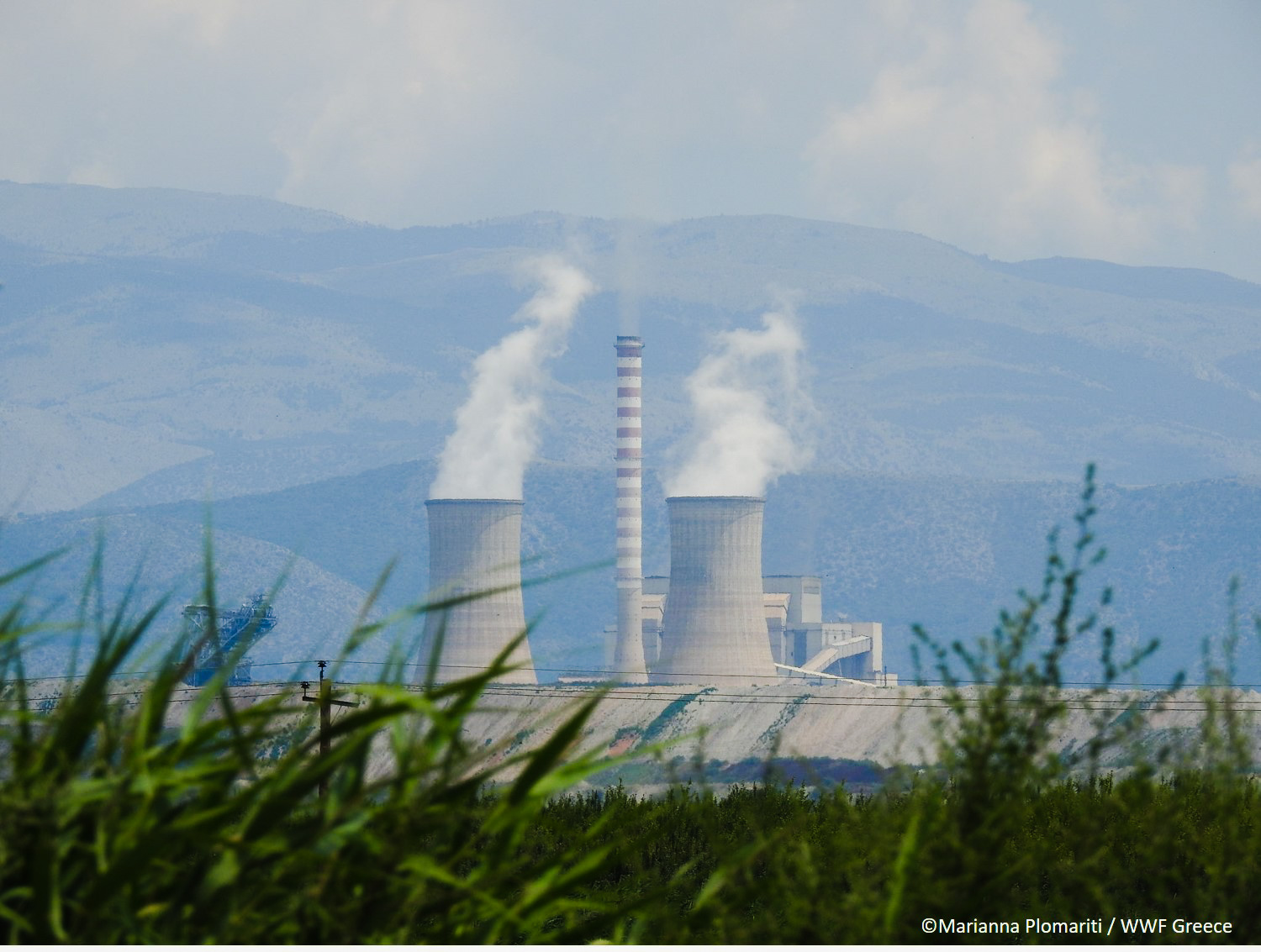In Western Macedonia, Greece, three district heating networks currently in operation, utilize the heat waste from lignite combustion in Public Power Company’s steam-electric power stations, in order to meet the heating needs in Kozani, Ptolemaida and the greater area of Amynteo.
Recent developments in the European environmental legislation and the international climate policy have had, however, a significant financial impact on the Greek electricity market, resulting in an ever decreasing share of lignite in the country’s electricity mix during recent years. At the same time, technological progress allows clean energy to directly compete against lignite; as a result, the future participation of lignite in the Greek electricity mix seems ominous.
Thus, it becomes necessary to examine solutions that will meet the future heating needs in Western Macedonia, which are not based on the combined production of heat and power (cogeneration), using lignite as a fuel. This study investigates the economic viability of proposals in order to meet the district heating needs exclusively from Renewable Energy Sources (RES). The city of Ptolemaida was selected indicatively, although similar solutions can be examined in the case of other cities in Western Macedonia.
Six scenarios were examined consisting of different mixtures of 4 RES technologies, while the city of Ptolemaida in W. Macedonia was used as a case study. The economic evaluation showed that the scenario which combines cogeneration of heat and power (CHP) using solid biomass with CHP from biogas and solar thermal systems and heat pumps, strikes the best balance between economic efficiency and raw material (biomass) requirements, and it may even lead to a reduction of the current prices of heat energy.
It is worth noting that the application of the proposed solutions could contribute to the development of parallel financial activities, such as the installation of hydroponic greenhouse units for the development and exploitation of various agricultural products. The additional income to be generated by these activities can be utilized to subsidize the thermal energy selling price, while at the same time, new professional activities and jobs are expected to be developed, with significant social and environmental secondary financial benefits.
The implementation of the above will contribute to the creation of a sustainable local development model which can partly offset the direct and indirect impact from the expected gradual closing down of PPC’s lignite power stations. It is therefore clear that the dilemma “lignite or oil” in order to meet the thermal needs of the district heating network no longer exists. This study demonstrates economically viable competitive alternatives based on RES, which must be taken into account in the future plans of district heating systems in Western Macedonia.





